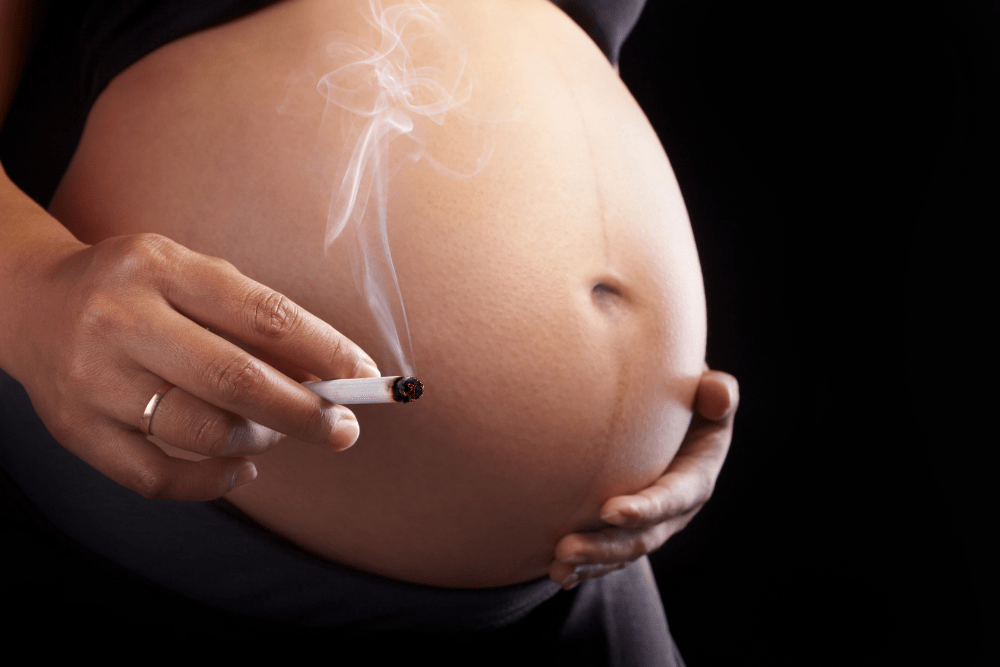It is a sobering thought to consider that 1.7 million Australian children are at risk of developing serious illnesses as a result of sustained exposure to tobacco smoke. The Car and Home: Smoke-Free Campaign aims to help prevent children’s exposure to tobacco smoke so they can avoid the damaging health effects.
What is environmental tobacco smoke?
Environmental tobacco smoke is what is commonly known as passive smoking or second-hand smoke and it is released when smokers exhale as well as from the burning tobacco itself. Unfortunately, there are over 40 known cancer-causing factors in tobacco smoke, including some very nasty chemicals.
How does smoking affect children’s health?
Children are especially vulnerable to tobacco smoke because the airways in their lungs are smaller than adults. Children also have immature immune systems which means their ability to defend their body’s health is reduced.
Exposing children to tobacco smoke leads to an increase in asthma. These children are more likely to get the disease in a severe form and have more need for hospital admissions than children not exposed to tobacco smoke. Other health effects include susceptibility to more chest infections, ear infections, poor lung capacity and an increase in Sudden Infant Death Syndrome. It is concerning to note that exposure to tobacco smoke also has been linked to meningitis, cardiac disease and behavioural and learning difficulties in children. Children exposed to parents who smoke are more likely themselves to smoke
How does smoking during pregnancy affect my baby?
In Australia, nearly one in five women smoke during pregnancy. Besides leading to increased infertility in women and men we have known for several years now that smoking during pregnancy leads to: more low birth weight babies; more babies dying before and after birth and three times the risk of Sudden Infant Death Syndrome following birth. We also know there is an increased risk of placenta praevia (where the placenta lies over the cervix,) as well as an increased risk of the placenta detaching from the wall of the uterus before the baby is born. Ectopic pregnancy, where the baby begins forming in the fallopian tube rather than the uterus, is also increased in women who smoke. The risk of preterm labour and preterm rupture of the membranes is likewise increased. Smoking during pregnancy also has some effects on children’s subsequent physical and intellectual development. The good news is women who quit smoking in the first three to four months of pregnancy have babies that are of equivalent birth weight to those who have never smoked. Quitting early in pregnancy also reduces the rate of preterm birth and other adverse outcomes.
How can I quit smoking?
There is no doubt that smoking is a hard habit to kick and women need a great deal of support and understanding when trying to do this. Behavioural tips like the ‘four Ds’ can help you whenever you feel the urge to smoke.
- Delay (even for a short while)
- Drink water; deep breathing
- Do something different and
- Discuss the craving with another person.
All hospitals should have information on helping women to quit smoking. Any individual can also access the Quit Line at any time.
How can I protect my children from environmental tobacco smoke?
When parents or carers smoke in the home or car, children are especially vulnerable because of their proximity to the smoke. It is important that smoking is not allowed in enclosed spaces. Some ways to ensure this occurs is to allocate smoking areas outside the house and remove all the ashtrays and lighters from inside the house or car. Putting up non-smoking stickers in the home and car and asking visitors to smoke outside will help to minimise children’s exposure to tobacco smoke. In NSW statistics show that 34% of households with young children still allow smoking in the home.
What about smoking in another room or opening the window?
Unfortunately smoking in another room to the children or opening a window is not enough to avoid the detrimental effects of tobacco smoke.
What about smoking after the children have gone to bed?
Tobacco smoke can reach all areas of the house including under closed doors. This smoke also remains in the air and clings to furniture and clothing.
What about reducing the amount I smoke inside?
Studies show that reducing the amount you smoke does not help to reduce children’s exposure to tobacco. A total ban in the house and car is the only effective way to do this.
What about smoking on the balcony?
Smoking on the balcony is okay as long as you shut windows and doors to prevent the smoke from drifting back inside.
Quitline
Phone: 131 848
Web: www.quitnow.gov.au
Revised on 29th of November 2021



Recent Comments